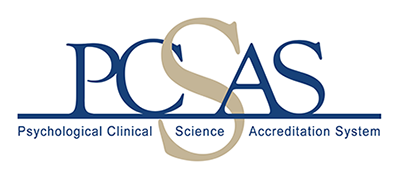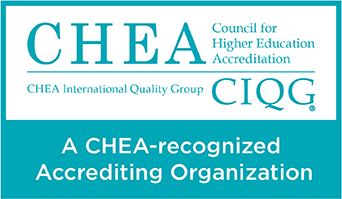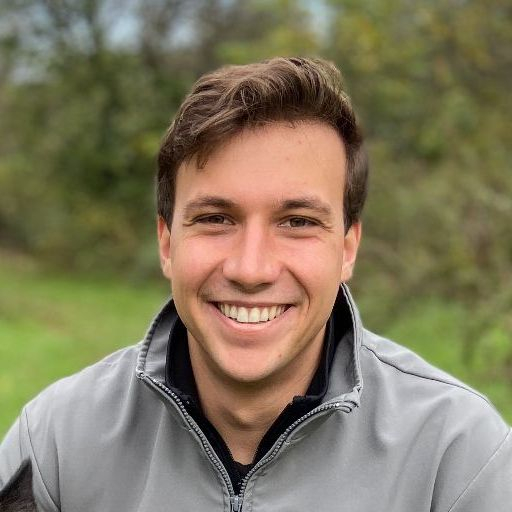by Brett Schneider, University of Wisconsin-Madison
There is a glaring and alarming lack of diversity within the clinical psychology community. While most academic fields suffer from a lack of diversity, the clinical internship training model poses a unique difficulty for attracting and retaining diverse students. I passionately believe in the importance of the internship process in producing quality clinical scientists and clinicians. However, the current internship model constricts the already narrow bottleneck of who obtains the best clinical training, contributing to systemic inequalities within psychology. Here, I will discuss how the clinical internship model and associated costs benefit White individuals over underrepresented minorities and exacerbate racial disparities in clinical psychology.
The internship training process systematically benefits those with higher incomes. The total cost of applying for an internship was $2,323 for the average applicant in 2018 according to the APPIC applicant survey (Keilin, 2018). On average, students spent $1,570 of this expenditure on travel (Keilin, 2018). When put into context that the median fellowship offered by public institutions for advanced psychology graduate students is $16,500, according to a survey conducted by the APA in 2016 covering the 2013-2014 academic year (Cope, 2016), the exorbitant cost of the internship process is unacceptable and for some impossible. Additionally, 37% of those surveyed in 2018 reduced the number or eliminated sites to which they applied because of geographic restrictions (Keilin, 2018). Of this group, 43% of students were geographically restricted “because of significant family, financial, and/or health considerations” (Keilin, 2018). This is unacceptable, particularly when students have already endured the economic burden of graduate school application fees, the GRE, student loans, tuition (depending on degree type or institution), opportunity cost of going to school, and the inability to save for retirement during graduate school.
Without economic restrictions, a student can apply to the highest-rated internship sites regardless of cost, increasing the likelihood of obtaining a prestigious postdoctoral position, and consequently a tenure-track faculty position. This training model systematically discriminates against underrepresented minorities in tenure track positions. Trainees who can afford to take advantage of this model are likely to come from wealthy families, have no dependents, and have the means and foundational wealth to move across the country for a brief, year-long training opportunity. According to the Survey of Consumer finances for 2016, the median wealth of a White household was $171,000, around ten times greater than the median wealth for Black households ($17,600) and over eight times greater than non-White Hispanic households ($20,700) (Dettling, 2017). These existing racial discrepancies in economic inequality invariably lead to White students disproportionately and unfairly benefitting from this model.
While larger changes to the overall training structure are necessary to confront these inequities, a simple change to the internship application process could significantly reduce this financial barrier. As noted in the 2018 survey, students spend a large portion of their stipend on interview travel and financial burdens directly impacted their site choices. The current pandemic has shown videoconferencing is an effective means of communicating “face-to-face”. Programs must adapt to the current environment and embrace virtual interviewing not only for the health and safety of trainees, but also to reduce the financial cost of applying for internship. At this time, APPIC has released a statement “strongly encouraging” sites to exclusively conduct virtual interviews during this crisis. In my view, the current situation is an opportunity to continue this virtual interview process this year and beyond to increase access to internship sites for all trainees.
The greater academic community must make larger, sustainable and system-wide changes to create a representative body of scientific leaders. However, the clinical internship application process is a unique, costly barrier which deepens racial disparities and restricts access to the best training opportunities within clinical psychology. Despite being a small step in creating a more inclusive and representative field, in my view internship programs must follow the APPIC’s encouragement to provide virtual internship interviews. This not only demonstrates a program’s commitment to the safety of students, but serves as a meaningful step in reducing the costs associated with the application process that perpetuate systemic inequities within our field.
______________________________________________________________
References
Cope, C., Michalski, D. S., & Fowler, G. A. (2016). Summary Report: Tuition and Financial Aid. Graduate Study in Psychology 2016. American Psychological Association.
Dettling, Lisa J., Joanne W. Hsu, Lindsay Jacobs, Kevin B. Moore, and Jeffrey P. Thompson (2017). “Recent Trends in Wealth-Holding by Race and Ethnicity: Evidence from the Survey of Consumer Finances,” FEDS Notes. Washington: Board of Governors of the Federal Reserve System, September 27, 2017, https://doi.org/10.17016/2380-7172.2083.
Keilin, G. (2018, December 30). Applicant Survey – 2018 – Part 1. Retrieved July 1, 2020, from https://www.appic.org/Internships/Match/Match-Statistics/Applicant-Survey-2018-Part-1
Disclaimer: The views and opinions expressed in this newsletter are those of the authors alone and do not necessarily reflect the official policy or position of the Psychological Clinical Science Accreditation System (PCSAS).


